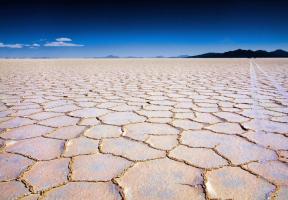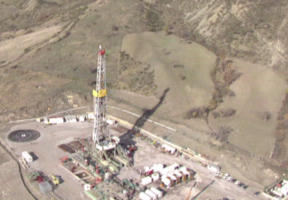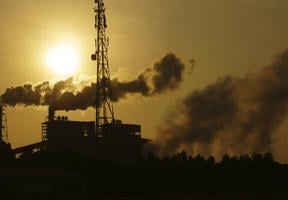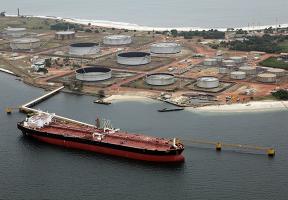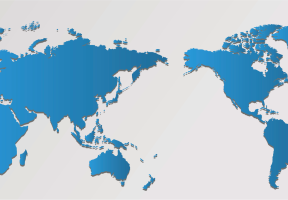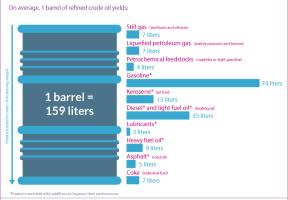To Drill or Not to Drill
10 min read
It costs several million euros to drill an exploration well, with a one in three chance of success. A host of technical and economic studies of the prospect’s potential have to be conducted before work can begin.

© P.LAURENT / TotalEnergies - 3D seismic images displayed on a screen for detailed examination.
When geologists locate a prospect, they need to answer three crucial questions:
- What type of — oil, gas or both — do they expect to find?
- How much oil or gas does the prospect contain and, most importantly, how much can be recovered?
- What is the likelihood of discovering these volumes?
The decision about whether or not to drill depends on the answers to these questions. Experts evaluate all the data collected to build as reliable a picture as possible of what lies beneath the ground.
Comprehensive Surveys
They start by interpreting the seismic data acquired, which allows them to produce geological sections, images of volume and detailed maps of the different geological layers at a local scale. These documents are used to define, as accurately and reliably as possible, the total volume of the trap — the space that may contain an oil or gas .
Then, surveys of the regional geological context are performed. By studying the regional sedimentology — in other words, the deposition processes over time and space — geologists can formulate assumptions about the reservoir rock that will contain the hydrocarbons, the that will prevent it from flowing to the surface and the source rock in which they formed.
Lastly, regional oil surveys look at the results, both successful and unsuccessful, at all neighboring sites and assess deposits in production in the region. Geologists then use reasoning by analogy to determine the likelihood of a discovery, identify which hydrocarbon are contained in the prospect, forecast well productivity in the event of a find and project behavior over time.
It costs at least €3 million to €4 million to drill an exploration well and €20 million to €60 million . In the case of challenging offshore drilling, for instance in deep water or extreme weather conditions, this can rise to €100 million.
Further Economic Assessment
If the exploration results in a commercial discovery, the investment pays a return in terms of oil and gas production. But if it does not, the company loses its investment.
This is why deciding whether or not to drill needs a comprehensive economic assessment. Estimated recoverable reserves are expressed as a range (minimum and maximum values) that will serve as a basis for simulating how much can be extracted from the deposit over its producing life. Economists estimate revenues based on this simulation and calculate the economic value of the by including the price of oil, the tax system in the country and other factors. If their simulation is negative, the prospect will not be drilled.
Each oil company owns many prospects throughout the world. Choices need to be made about which prospects will be drilled in the coming months or years. This is why all companies set up multidisciplinary teams to manage their portfolio of prospects.

